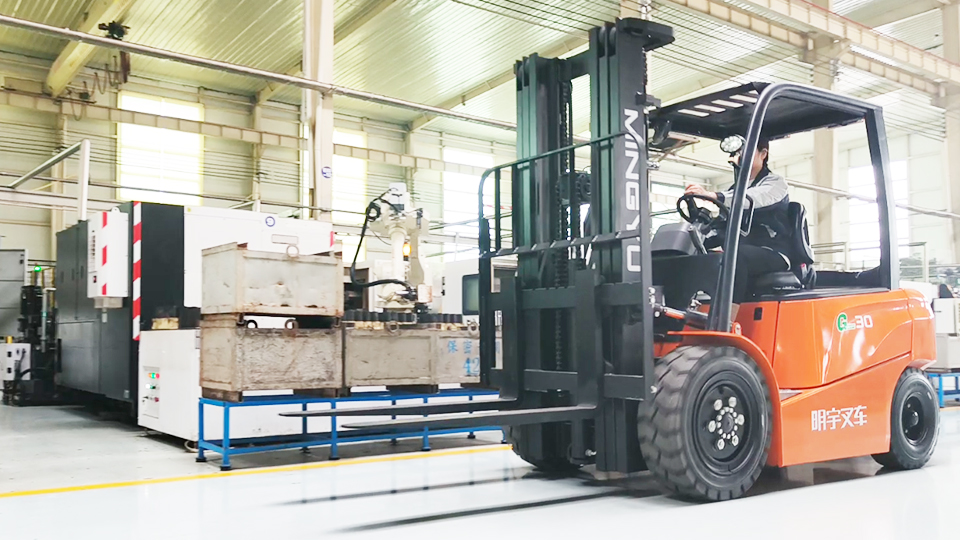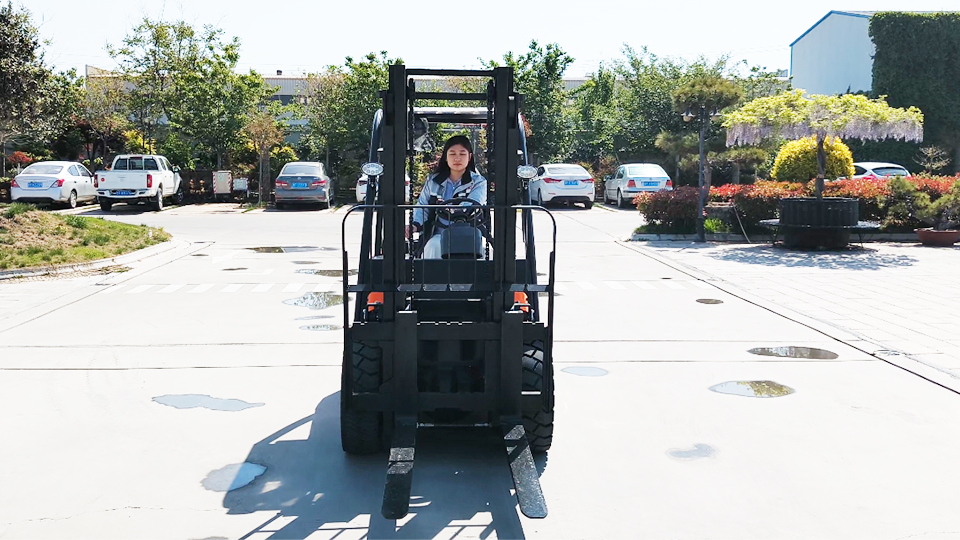
A Comprehensive Guide
Forklifts are indispensable in warehousing, construction, and manufacturing, but operating them safely requires specialized training and certification. Obtaining a forklift certification demonstrates your competence, enhances your employability, and ensures compliance with safety regulations. This article provides a comprehensive guide to the process of acquiring forklift certification, covering training requirements, certification types, and best practices.
Understanding Forklift Certification:
Forklift certification, also known as forklift operator training, is a process that verifies an individual's ability to operate a forklift safely and efficiently. It's not a one-size-fits-all credential; certifications are typically specific to the type of forklift being operated.
Why Forklift Certification is Essential:
Safety Compliance: OSHA (Occupational Safety and Health Administration) regulations mandate that all forklift operators receive proper training and certification. Failure to comply can result in hefty fines and legal liabilities.
Accident Prevention: Proper training minimizes the risk of accidents, injuries, and property damage.
Enhanced Employability: Certification makes you a more attractive candidate to employers seeking qualified forklift operators.
Increased Productivity: Trained operators are more efficient and productive, leading to improved workflow.
Reduced Insurance Costs: Companies with certified forklift operators often benefit from lower insurance premiums.
Types of Forklift Certifications:
Forklift certifications are typically categorized based on the type of equipment being operated. Common types include:
Counterbalance Forklifts (Class I, IV, and V):
These are the most common type of forklifts, used in various industries.
Class I: Electric motor rider trucks.
Class IV: Internal combustion engine trucks with cushion tires.
Class V: Internal combustion engine trucks with pneumatic tires.
Reach Trucks (Class II):
Designed for narrow aisles and high-level racking, often used in warehouses.
Order Pickers (Class II):
Used for picking individual items from storage racks.
Rough Terrain Forklifts (Class VII):

Designed for outdoor use on uneven terrain, common in construction and lumber yards.
Telehandlers (Variable Reach Forklifts):
Versatile machines with extendable booms, used for lifting and placing materials at various heights and distances.
The Forklift Certification Process:
The certification process typically involves three main components:
Formal Instruction:
This component covers theoretical aspects of forklift operation, including:
OSHA regulations and safety standards.
Forklift components and controls.
Load capacity and stability.
Safe operating procedures.
Hazard identification and prevention.
Pre-operation inspections.
Formal instruction can be delivered through classroom training, online courses, or a combination of both.
Practical Training:
This component involves hands-on experience operating a forklift under the supervision of a qualified instructor.
Practical training covers:
Pre-operation inspections.
Basic maneuvering and driving.
Load handling and stacking.
Navigating confined spaces.
Operating in various conditions.
Emergency procedures.
Evaluation:
This component assesses the operator's knowledge and skills through written and practical tests.
The written test evaluates understanding of safety regulations and operating procedures.
The practical test assesses the operator's ability to operate the forklift safely and efficiently.
Upon successful completion of the evaluation, the operator receives a forklift certification.
Finding a Forklift Certification Program:
Several organizations offer forklift certification programs:
Employers: Many companies provide in-house forklift training and certification for their employees.
Third-Party Training Providers: Numerous private companies specialize in forklift training and certification.
Community Colleges and Vocational Schools: Some educational institutions offer forklift training programs.
Online Training Providers: Online courses can supplement formal and practical training, but they must be followed by in-person practical evaluations.
Choosing a Reputable Training Provider:
When selecting a training provider, consider the following factors:
Accreditation and Compliance: Ensure the provider's training program complies with OSHA standards.
Instructor Qualifications: Verify the instructor's experience and qualifications.
Training Materials: Assess the quality and comprehensiveness of the training materials.
Practical Training Facilities: Ensure the provider has adequate facilities for hands-on training.
Evaluation Process: Understand the evaluation process and ensure it is thorough and fair.
Cost and Duration: Compare the cost and duration of different programs.
Reviews and Reputation: Read online reviews and seek recommendations from industry professionals.

Maintaining Forklift Certification:
Forklift certifications typically have an expiration date, often every three years. To maintain certification, operators must undergo refresher training and evaluations. OSHA also requires that operators be re-evaluated if they are involved in an accident, or if they are observed operating a forklift unsafely.
Best Practices for Forklift Operation:
Even with certification, safe forklift operation requires ongoing vigilance. Follow these best practices:
Conduct Pre-Operation Inspections: Inspect the forklift before each use to ensure it is in good working condition.
Wear Appropriate Personal Protective Equipment (PPE): Wear safety shoes, high-visibility vests, and other required PPE.
Maintain a Safe Speed: Drive at a safe speed and be aware of your surroundings.
Avoid Distractions: Focus on the task at hand and avoid distractions.
Follow Load Capacity Limits: Never exceed the forklift's load capacity.
Use Caution on Ramps and Inclines: Exercise caution when operating on ramps and inclines.
Be Aware of Pedestrians: Yield to pedestrians and use caution in areas with high pedestrian traffic.
Properly Stack and Secure Loads: Ensure loads are properly stacked and secured to prevent them from falling.
Report Any Malfunctions: Report any malfunctions or damage to the forklift immediately.
Conclusion:
Obtaining forklift certification is a crucial step in ensuring safe and efficient forklift operation. By understanding the certification process, choosing a reputable training provider, and following best practices, you can enhance your skills, improve your employability, and contribute to a safer work environment. Remember that forklift safety is an ongoing commitment, requiring continuous training, vigilance, and adherence to established safety procedures.
Name: selena
Mobile:+86-13176910558
Tel:+86-0535-2090977
Whatsapp:8613181602336
Email:vip@mingyuforklift.com
Add:Xiaqiu Town, Laizhou, Yantai City, Shandong Province, China